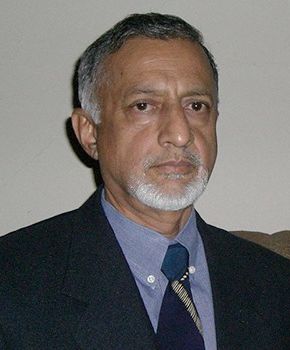A Guest House for the British
Published on: 12/04/2018
Published on: 12/04/2018

Photo title: Watercolor of the Guest House of the Raja of Coorg by John Johnson
|Photo Credits: Wikipedia Commons

Lorem ipsum dolor sit amet, consectetur adipiscing elit, sed do eiusmod tempor incididunt ut labore et dolore magna aliqua.Quis ipsum

Lorem ipsum dolor sit amet, consectetur adipiscing elit, maecenas accusman lacus vel facilisis

Photo title: Ruins of the Guest House – Pen and ink and watercolour sketch of Madikeri by an unknown artist, c.1840
|Photo Credits: Wikipedia Commons

C. P. Belliappppa writes humour, history and human interest stories, and is a regular contributor to newspapers, websites and magazines. He holds a master’s degree in chemical engineering from Stevens Institute of Technology, USA. Belliappa currently lives in Coorg, where he manages his coffee estate. He is also involved in the management of educational institutions, including an engineering college. His other books are Tale of a Tiger’s Tail & Other Yarns from Coorg, Nuggets from Coorg History and Victoria Gowramma: The Lost Princess of Coorg.

STORY TITLE GOES HERE

STORY TITLE GOES HERE
From the Kitchens of Evolve Back – Vazhachundum Thoran
From the Kitchens of Evolve Back – Mezze Platter
From the Kitchens of Evolve Back – Grilled Pork Ribs
From the Kitchens of Evolve Back – Pazham Puzhungiyathu
From the Kitchens of Evolve Back – Peppercorn chocolate mousse
From the Kitchens of Evolve Back – Kabsah Laham Bis
From the Kitchens of Evolve Back – Vazhakanda Thoran
From the Kitchens of Evolve Back – Banana Bajji
From the Kitchens of Evolve Back – Pazham pori
From the Kitchens of Evolve Back – Joojeh – e – Koobideh
From the Kitchens of Evolve Back – Vegetable Kurma
From the Kitchens of Evolve Back – Pandi Curry
From the Kitchens of Evolve Back – Kerala Fish Curry
Nalknad Palace – off the beaten track in Coorg
Designing the Sidapur Coffee and Culture Museum
Chikka Veerarajendra of Coorg and his Thirteen Wives
The Architecture of Ainmanes: Form follows Function
Kodava Ainmanes – the heart of the Kodava Clan